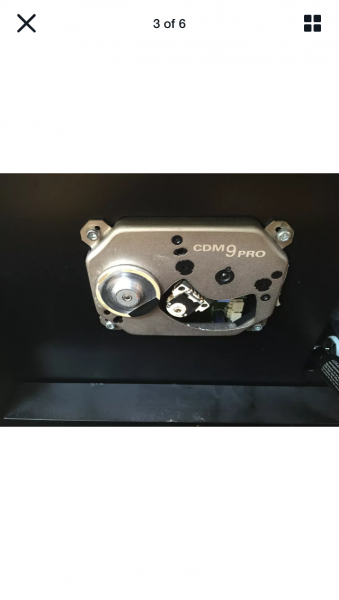It surprises me in this day and age that transports continue to be developed, and presumably sold. I know this has at least been in part to the physical media aspects of spinning one's CD library. Also, Transports, particularly of the cost no object variety, can be more 'sexy' than servers.
We 'know' that server technology has, for all intents and purposes, eclipsed transports in the last few years, but the best of the best transports continue to garner enthusiasm if not raves from some reviewers that I really respect.
Are there any out there that, having bought a server, have recently been drawn back or towards the world of transports?
What is your server and why and what transports have you or are you reconsidering?
We 'know' that server technology has, for all intents and purposes, eclipsed transports in the last few years, but the best of the best transports continue to garner enthusiasm if not raves from some reviewers that I really respect.
Are there any out there that, having bought a server, have recently been drawn back or towards the world of transports?
What is your server and why and what transports have you or are you reconsidering?
Last edited:











